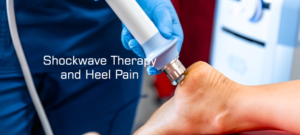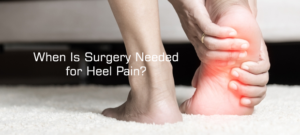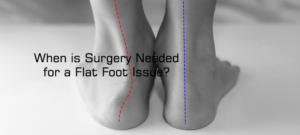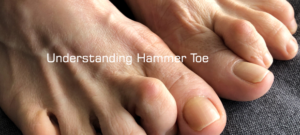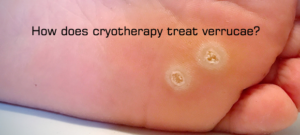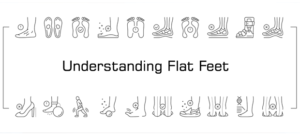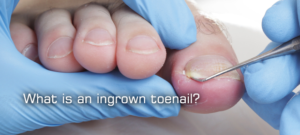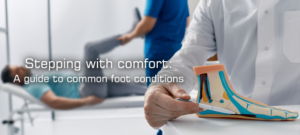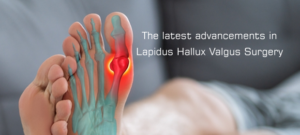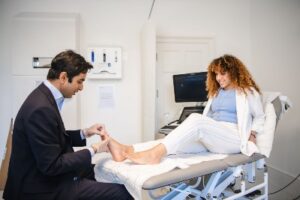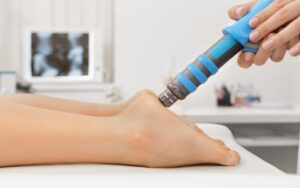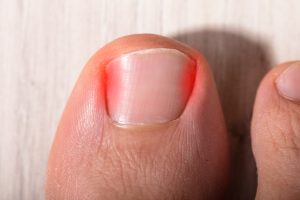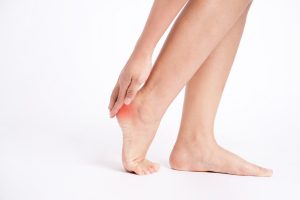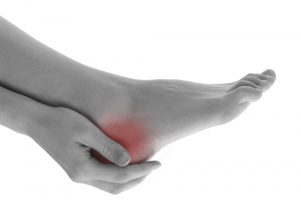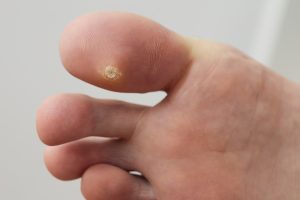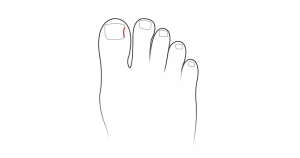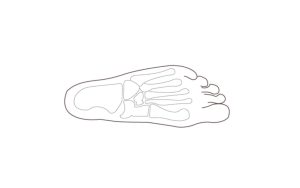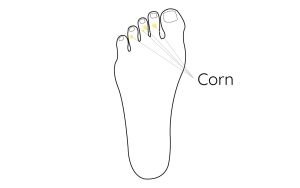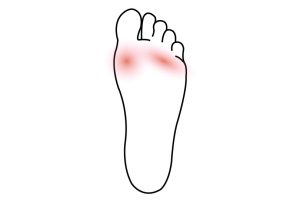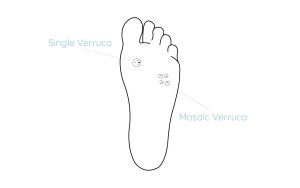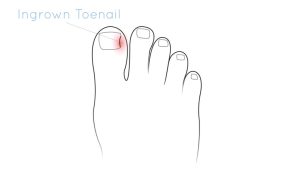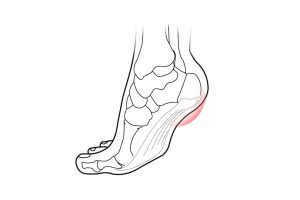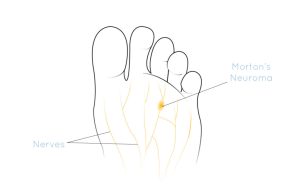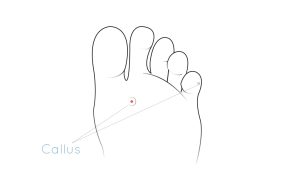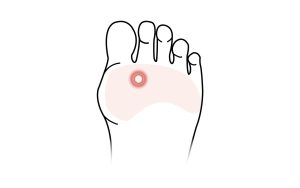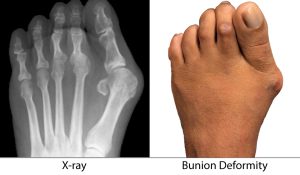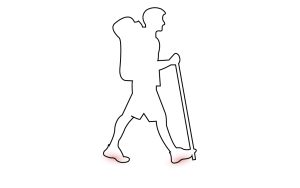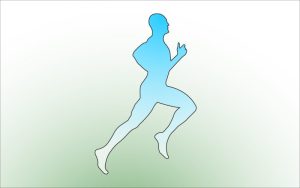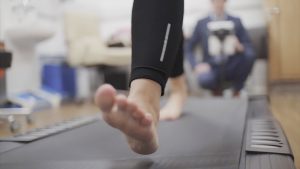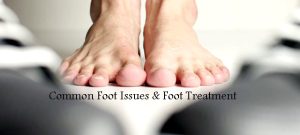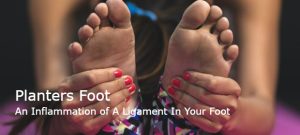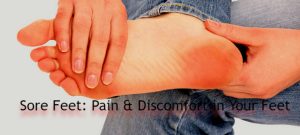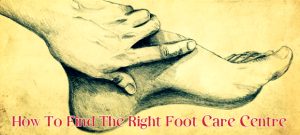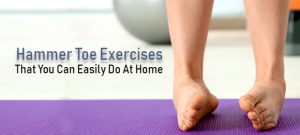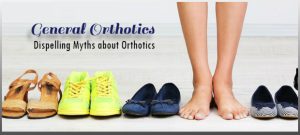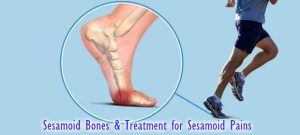Ankle Arthritis
What is ankle arthritis?
The ankle is a complex joint that transmits the body forces via the lower limb to the foot by acting as a mobile adaptor and a lever arm. Ankle Arthritis occurs when the ankle joint has damaged or worn out cartilage.
Causes of ankle arthritis:
Ankle arthritis can occur following wear and tear or related to sport injury or trauma. This results in gradual thinning of the cartilage as well as bone spurs that call catching, locking and pain. Long term instability following a twisting ankle injury can tear or injure the ligaments resulting in long term arthritic changes.
Symptoms of ankle arthritis:
- Ankle pain stiffness and swelling
- Popping or crunching sound when pointing of flexing the toes
- Reduced ability to move and walk
Diagnosing ankle arthritis:
The diagnostic process for ankle arthritis should involve utilising a thorough examination by one of our ankle specialists alongside a detailed history to identify how the injury affects your life and sports activity if relevant. Diagnosing ankle arthritis can also include using X-rays, with or without stressing the ankle, sometimes a dye may be injected to evaluate capsule tears, this is known as an arthrogram.
An MRI and an Ultrasound can be used to evaluate a tendon tear, ligament tears and cartilage problems such as osteochondral defects that are holes in the cartilage surface.
In complex fractures a CT scan may be used to diagnose and reconstruct the fracture in 3D to help plan the operation to restore anatomy.
Treatment for ankle arthritis:
Following your assessment your specialist may advise on
- Physiotherapy – Ankle strengthening exercises and deep tissue massage may be advised. Exercises can help strengthen the ankle and reduce deterioration of the joint. They can also aid with motion, function and balance.
- Orthotics and braces – Your specialist will carry out a gait analysis to assess for the need of custom orthotics or an ankle brace. They can aid in supporting your ankle and redistribute the weight.
- Ultrasound guided steroid injections or PRP injections – Injections can decrease inflammation and promote healing.
- Manipulation of the joint under anaesthesia (MUA) – Manipulation can realign the joint and improve motion of the ankle. The procedure can be carried out under local anaesthesia, your specialist may instead suggest arranging under IV sedation in a hospital setting. Following MUA, your specialist may mobilise you in an aircast boot to allow the ankle to heal in the correctly aligned position.
Surgery for ankle arthritis:
- Ankle arthroscopy – The ankle arthroscopy procedure may be suggested if the ankle arthritis is caused by debris from torn cartilage of a bone chip. The debris/ bone spurs can cause pain and restrict the movement of your ankle. The athroscopy procedure uses a fibre-optic camera to allow for minimally invasive surgery where smaller incisions are made. This in turn can aid faster recovery. Partial weightbearing is possible with the aid crutches.
- Ankle fusion – The ankle fusion procedure is advised in more severe cases of ankle arthritis, where two or more bones in the ankle are fused with the use of a screw fixation. If possible, minimally invasive surgery is carried out where smaller incisions are made to aid quicker recovery. A below knee cast is typically required with no weight bearing over the first eight weeks.
Frequently asked questions
Conservative treatments include the use of orthotics and ankle braces. Therapeutic injections such as corticosteroid and hyaluronic acid can also help. The steroid can reduce inflammation and the hyaluronic acid acts as a lubricant.
Ideally your ankle would need to be assessed for its function, but generally a firm ankle brace can help reduce motion in the joint which should reduce the symptoms developing.
Most people report a gradual onset of a hot burning pain in the ankle that worsens with activities and settles with rest.
Rotating your ankle can help. You can for example draw letters of the alphabet with your feet, this helps move the ankle in all directions.
Related Blogs
Thoughts and advice on foot health care from the Podogo team.

